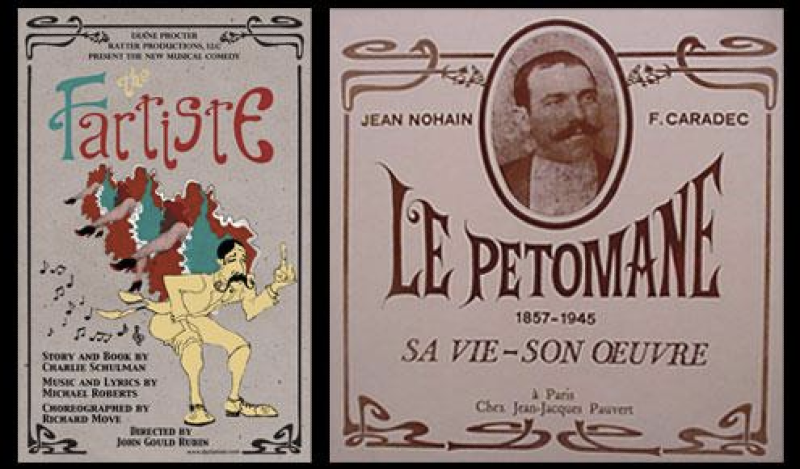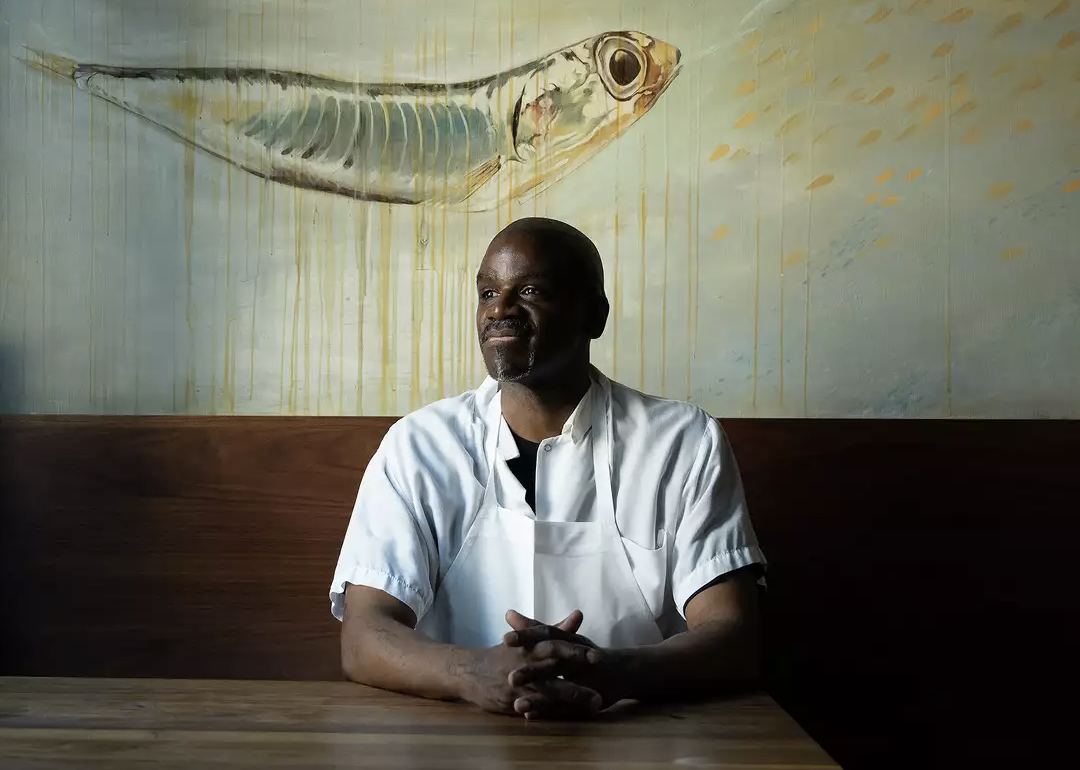The 19th-century entertainer who could fart musical notes

From Amusing Planet: "Joseph Pujol was born in Marseille, on the Cote d'Azur in 1857. The son of a stonemason and sculptor, Pujol discovered his unique talent when he was only ten years old. Pujol soon found that by adjusting the force with which he expelled this air, he could create musical notes of varying pitch and timbre. It was while serving in the army that Joseph Pujol was given the name “Le Pétomane”, which roughly translates as the “fart maniac”. In 1890, he took his act to Paris and persuaded Charles Zidler, founder of the newly opened Moulin Rouge, to let him perform. Pujol’s act was an immediate sensation, and for the next three years, he played to packed houses at the iconic cabaret, delighting audiences that ranged from royalty to the bourgeoisie. According to one fellow performer, Pujol was the highest-paid artist at the Moulin Rouge."
Sixteenth-century Venice conducted its affairs in code, which was regulated by the state

From JSTOR Daily: "The secret in secretary is hidden in plain sight. In late Middle English, a secretary was literally one who kept secrets. In sixteenth-century Venice, there were professional cifrista, cipher secretaries, that is, cryptographers, writing secrets in code to secure communications from prying eyes. The Venetian city-state, which then dominated the politics and commerce of Northern Italy, the Adriatic, and the eastern Mediterranean, actively conducted its affairs in code. Cryptology was so important and widespread in Venice’s Stato de Màr (State of the Sea) it became professionalized and state controlled. Cryptology was first an intellectual pursuit that evolved into amateur use by merchants and rulers and then became professionalized in the 1500s."
Almost every station on the London Underground has a labyrinth plaque

From Futility Closet: "Nearly every station in the London Underground contains an enamel plaque depicting a labyrinth. The collection were installed in 2013 by artist Mark Wallinger to mark the system’s 150th anniversary. Each of the 270 black and white designs is unique to its location, and all of them are posted in publicly accessible locations, so visitors can examine them directly, tracing the path with a finger. They’re numbered according to the route taken by the contestants in a 2009 Guinness World Records challenge to visit all stations in the system in the fastest time. Rendered in black, white and red, the artworks are produced in vitreous enamel, a material used for signs throughout the Underground, including the Tube’s roundel logo, whose circular nature the labyrinth design echoes. A list of all 270 labyrinths is here."
The giant penguin hoax that fooled Florida for 10 more than a decade

From IFLScience: "In 1948, what looked like giant three-toed animal tracks appeared, imprinted in the sands of Clearwater Beach, Florida. The prints – about 14 inches long and 11 inches wide – appeared to emerge from the sea, taking 4-6 foot strides along the beach for a few miles, before whatever creature had made them returned to the sea once more. Before long, sightings of strange creatures were reported. Students at the Dunedin Flying School claimed that they had seen the beast – which looked like a furry log with a boar's head – swimming in the water, while a couple strolling along the beach claimed they had seen a gigantic creature waddling near the water before disappearing into the sea. Flash forward to 1988, when local resident Tony Signorini posed in his big metal penguin shoes, confessing to the elaborate prank."
One man's journey from state prison to a revered San Francisco restaurant

From the SF Gate: "On a recent morning in the kitchen of Flour + Water, Michael Thomas picks the stems off sungold tomatoes from Mariquita Farms. One by one, he discards the bramble of green that held the tomato to its vine and places the poppy orange-colored miniature orbs on a tray before he cuts each of them in half. This is just one of his duties as a new prep cook at the iconic San Francisco restaurant. Thomas, 45, is keen on memorizing every single new ingredient that he’s working with, many of which have Italian names, like teleme and crescenza cheeses and Taggiasca olives. That’s largely because Thomas didn’t have those ingredients at the chow hall in Corcoran State Prison. An inmate in the California prison system for nearly 30 years, he was used to cooking with hamburger meat and white rice as part of the chow hall crew. But 17 years into his sentence, he realized his newfound passion for baking."
How to cross the road in Vietnam
Lv 1 Vietnam Noob vs Lv 100 Vietnam Boss pic.twitter.com/tIhfrS304o
— no context memes (@weirddalle) October 9, 2024
Acknowledgements: I find a lot of these links myself, but I also get some from other newsletters that I rely on as "serendipity engines," such as The Morning News from Rosecrans Baldwin and Andrew Womack, Jodi Ettenberg's Curious About Everything, Dan Lewis's Now I Know, Robert Cottrell and Caroline Crampton's The Browser, Clive Thompson's Linkfest, Noah Brier and Colin Nagy's Why Is This Interesting, Maria Popova's The Marginalian, Sheehan Quirke AKA The Cultural Tutor, the Smithsonian magazine, and JSTOR Daily. If you come across something interesting that you think should be included here, please feel free to email me at mathew @ mathewingram dot com



